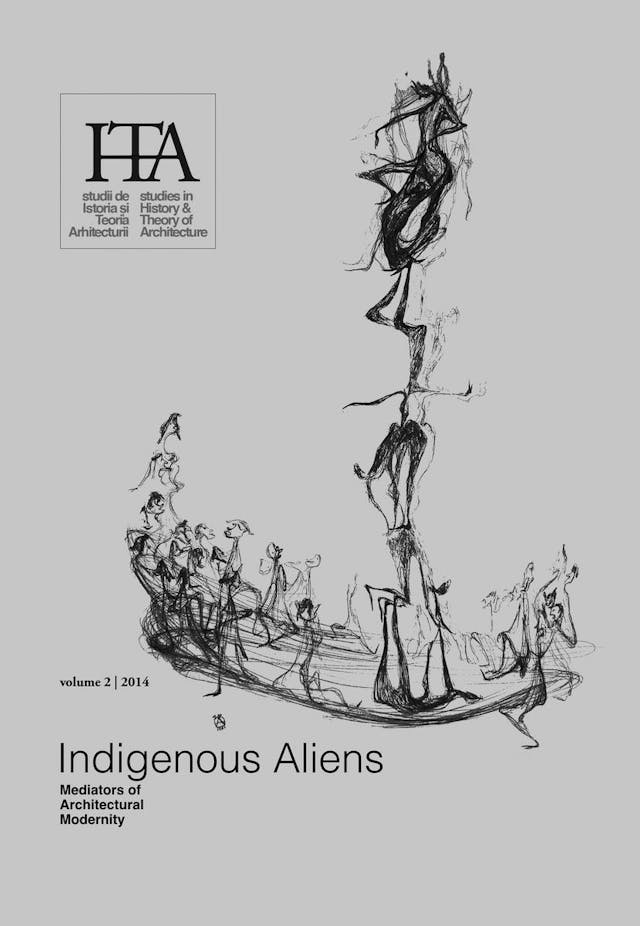From Monumental Modernism to Local BricolageAn interview with Șerban Sturdza
From Monumental Modernism to Local Bricolage
An interview with Șerban Sturdza
by
Tudor Elian
translated by
Aura Pandele
Keywords
Șerban Sturdza
modernism
bricolage
local architecture
continuity
architecture under Communism
Fifteen years ago, Sorin Alexandrescu published an article called “Overlapping Culture” where he separated Europe into centers (spaces of the avant-garde, generators of cultural models and original theories, carriers of waves…) and peripheries (spaces that synthesize several other spaces, receivers of cast waves often having little interest for theorizing received models). If we refer, in this context, to the emergence and coagulation of artistic and architectural modernism, past century Romania’s “provincial” position resembles a culture of overlapping and synthesis which tame outside influences while continuing local tradition; a young modern culture as creative as the models it refers to. Key characters of this Modernist-bearing synthesis are interwar architects like Horia Creangă, Marcel Janco and G.M. Cantacuzino or Henrietta Delavrancea-Gibory and Octav Doicescu, who continued their activity after the war, too, when the way to filter modernism became more obtuse and encoded. However, as the architecture of newer generations became more compelled to obey political impositions within a planned system, the independent movement of overlapping and models seems to disappear as a general formative characteristic. When it does exist, it is more likely a matter of individual opinion, foreign to the tide it stands against. A critical stand difficult to discern in the “adjusted” mass, yet one that, nonetheless, leaves traces.
Born in 1947, architect, urban planner, product designer, active in the fight for saving national heritage and just as active in the consolidation of the profession (president of major professional associations in Romania), Șerban Sturdza is, perhaps, the best example of an architect who, starting from the 1970s, has worked undeterred, first in Timișoara and then in Bucharest looking for a certain local synthesis. His projects are the result of a long and refined process of cultural assimilation and experience which manifests itself as inventiveness, fantasy and play, and equally as experiment and bricolage.
We will follow his relationship with modernity, modernism and artistic and local cultural architecture as they emerge from his designs.
Published in

Chicago citation style
DOI:
10.54508/sITA.2.10